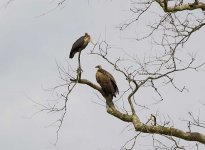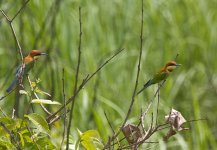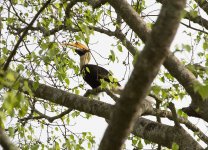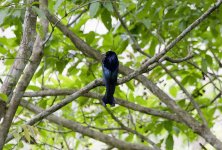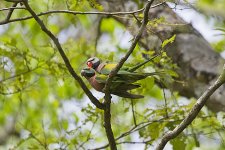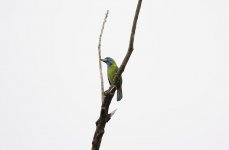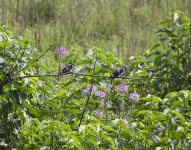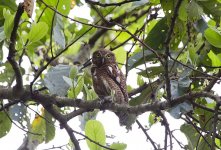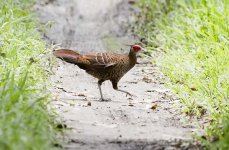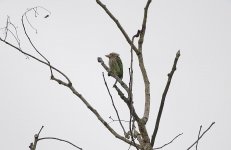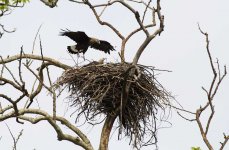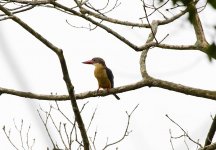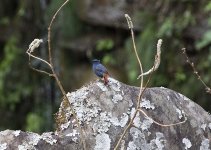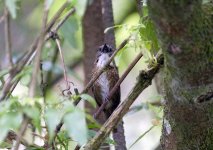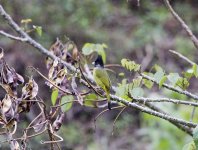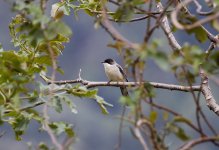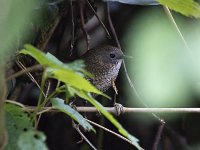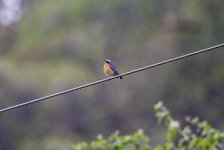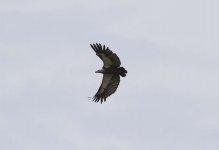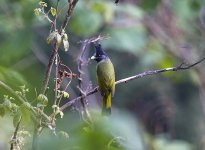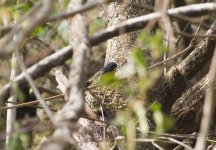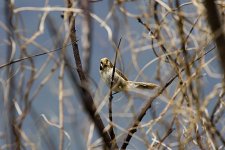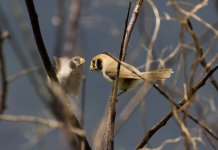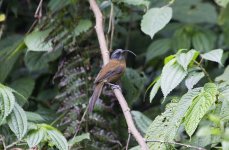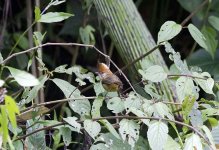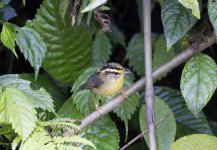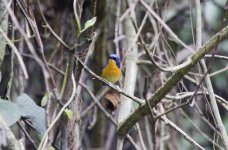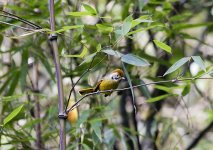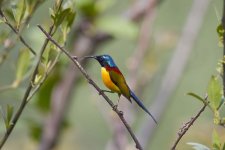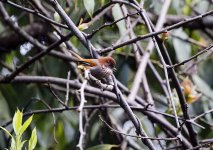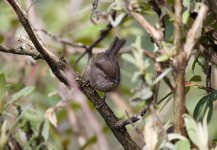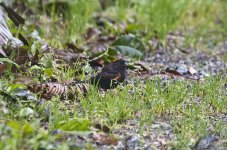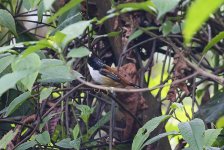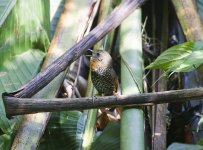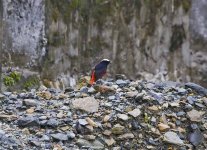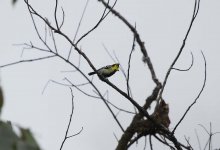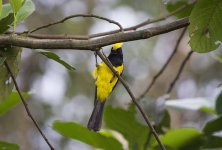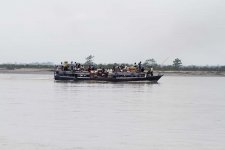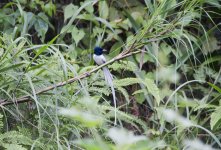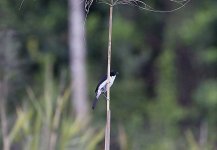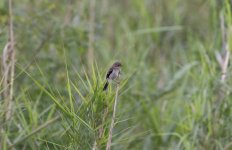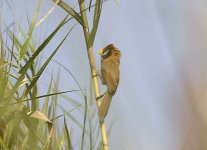After enjoying a previous visit to Eagle’s Nest and hearing about the birding in Nagaland and the Mishmi Hills, we (my wife and I) decided to return to the area. With the help of Sujan Chattergee (Eastindiabirding.com) and Help Tourism of Siliguri, we put together an itinerary, starting in Kazaringa in Assam and heading NorthEast.
22nd April We flew from Delhi to Jorhat via Kolkata where we met Sujan, who was to be our guide and Prashanta Das our driver and Mr Fixit. We drove to the Wild Grass Resort just outside of Kazaringa N P, where we checked in. This consisted of a large, well kept wooden building for meals and other buildings containing double rooms with attached bathrooms.
23rd April the next morning we took the short drive to the park, where we entered through the central gate and registered for an elephant ride – beware, they sit astride the elephants here, it took me days to recover! The elephants tend to be led towards the park’s speciality, the one horned black rhino, but it is also one of the best ways to see some of the grassland birds and we had good views of Bengal Florican, rufous-winged bushlark and brief views of swamp francolin. We returned to the jeep for breakfast, picked up a local guide and drove along some of the tracks in the Park. The tracks are often tree lined and there are various watchtowers along the way. Amongst the birds seen were lineated barbet, black-rumped flameback, great hornbill, chestnut-headed bee-eater, grey headed lapwing, Pallas’ and grey headed fish eagles and chestnut-capped and slender-billed babblers. In the open areas, more rhino, Indian elephants and various deer could be seen. After lunch, we went in via the east gate to look at some of the larger water areas, picking up lesser whistling duck, spot-billed pelican, river tern, darter, little cormorant and both greater and lesser adjutant storks. We returned to the Wild Grass Resort for our evening meal.
22nd April We flew from Delhi to Jorhat via Kolkata where we met Sujan, who was to be our guide and Prashanta Das our driver and Mr Fixit. We drove to the Wild Grass Resort just outside of Kazaringa N P, where we checked in. This consisted of a large, well kept wooden building for meals and other buildings containing double rooms with attached bathrooms.
23rd April the next morning we took the short drive to the park, where we entered through the central gate and registered for an elephant ride – beware, they sit astride the elephants here, it took me days to recover! The elephants tend to be led towards the park’s speciality, the one horned black rhino, but it is also one of the best ways to see some of the grassland birds and we had good views of Bengal Florican, rufous-winged bushlark and brief views of swamp francolin. We returned to the jeep for breakfast, picked up a local guide and drove along some of the tracks in the Park. The tracks are often tree lined and there are various watchtowers along the way. Amongst the birds seen were lineated barbet, black-rumped flameback, great hornbill, chestnut-headed bee-eater, grey headed lapwing, Pallas’ and grey headed fish eagles and chestnut-capped and slender-billed babblers. In the open areas, more rhino, Indian elephants and various deer could be seen. After lunch, we went in via the east gate to look at some of the larger water areas, picking up lesser whistling duck, spot-billed pelican, river tern, darter, little cormorant and both greater and lesser adjutant storks. We returned to the Wild Grass Resort for our evening meal.
Attachments
Last edited:




